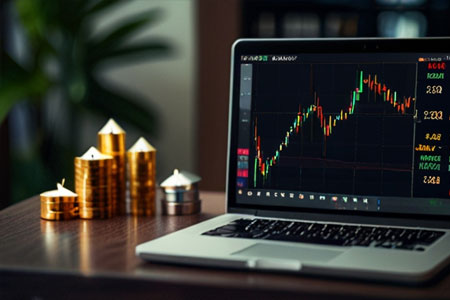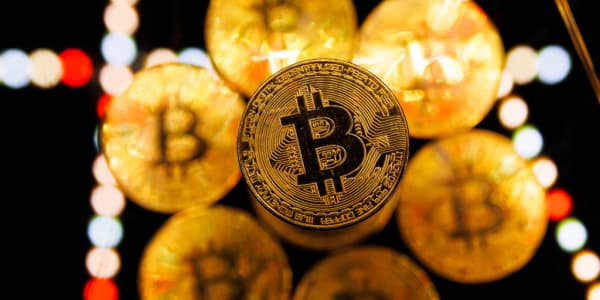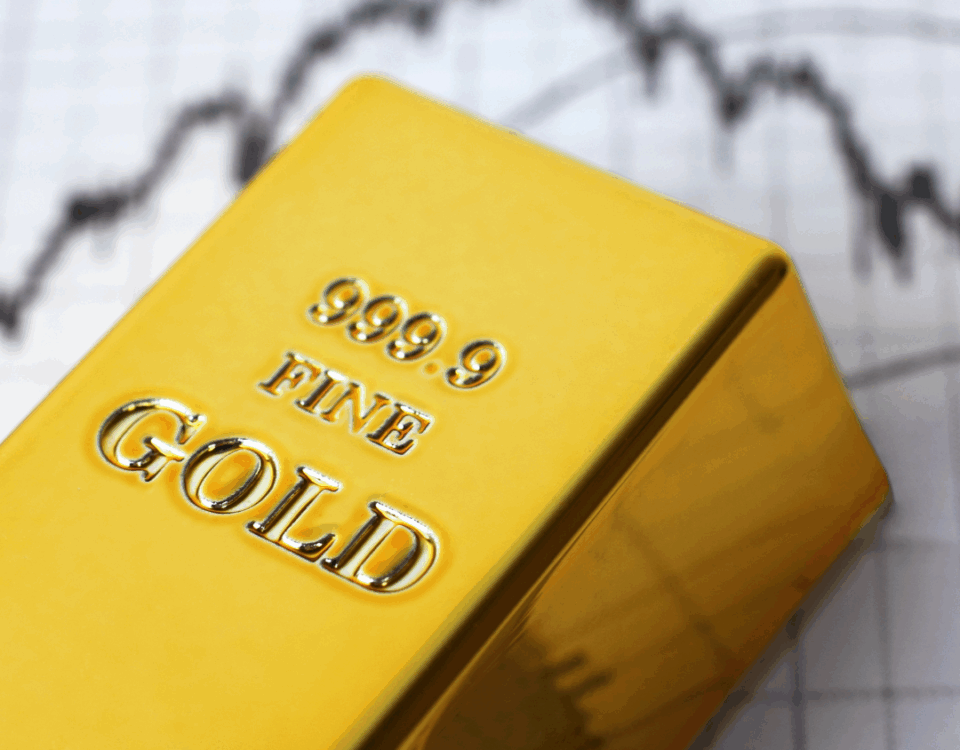
Gold prices slipped in Asian trading on Tuesday, as investor sentiment improved amid renewed hopes for a breakthrough in ongoing U.S.-China trade negotiations. The shift in risk appetite dented the appeal of safe-haven assets, including the yellow metal.
Risk-On Sentiment Pressures Gold
After several weeks of strong gains, gold came under pressure as traders turned their attention to riskier assets. This turnaround follows the launch of high-level trade talks between Washington and Beijing, currently underway in London. The talks sparked optimism that tensions between the world’s two largest economies could soon ease.
Market participants are closely watching for progress, especially after President Trump hinted at positive momentum in negotiations. Reports also suggest the U.S. is considering easing some restrictions on technology exports to China—an encouraging sign for markets hoping to avoid a prolonged trade war.
A Shift Away From Safe Havens
Gold had previously rallied on the back of growing economic uncertainty in the U.S., persistent geopolitical tensions—particularly between Russia and Ukraine—and weak economic data out of China. These factors had combined to push gold prices to record highs, with the metal posting a 26% gain so far in 2025.
However, Monday’s improving sentiment marked a turning point. Risk appetite rose despite unrest in Los Angeles, where protests escalated in response to President Trump’s immigration policies. Even the deployment of military forces did little to shake investor confidence, as hopes for smoother U.S.-China relations dominated market direction.
Dollar Strength Adds Pressure
Adding to gold’s decline was a firmer U.S. dollar. Investors increased their dollar holdings ahead of key U.S. inflation data, due Wednesday. Analysts expect a mild rise in inflation, which could influence Federal Reserve policy and further sway demand for gold.
As the dollar strengthens, it typically weighs on gold, making the metal more expensive for holders of other currencies. Combined with falling haven demand, this created a challenging environment for precious metals.
Gold’s Long-Term Rally Remains Intact
Despite recent softness, gold remains one of the best-performing assets in 2025, with gains of over 26% year-to-date. A mix of global uncertainties, monetary policy shifts, and inflation concerns have underpinned the metal’s rally. And while near-term sentiment has tilted toward risk, any setback in trade negotiations or unexpected geopolitical developments could quickly revive demand for gold.
What to Watch Next
-
U.S. Inflation Data (Wednesday): A key indicator that could shift investor outlook on Fed policy.
-
Progress in U.S.-China Trade Talks: Markets are hoping for signs of a long-term deal or additional easing of restrictions.
-
Geopolitical Developments: Any flare-ups could bring gold back into focus as a safe-haven play.
Bottom Line:
Gold’s recent dip reflects a temporary shift in market mood, not necessarily a reversal of its broader bullish trend. As trade talks continue and key data looms, the metal remains a critical asset to watch in a volatile global landscape.





















